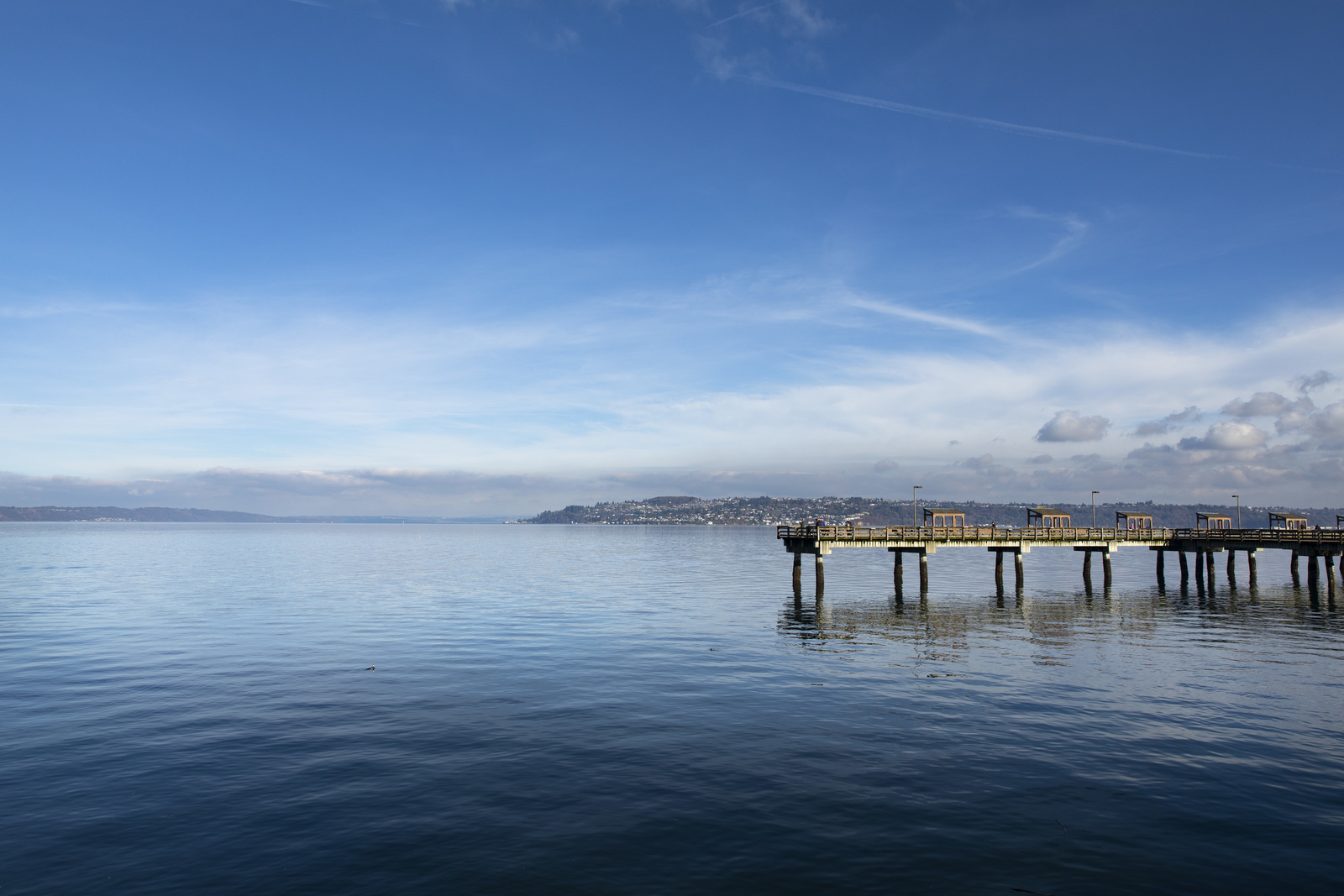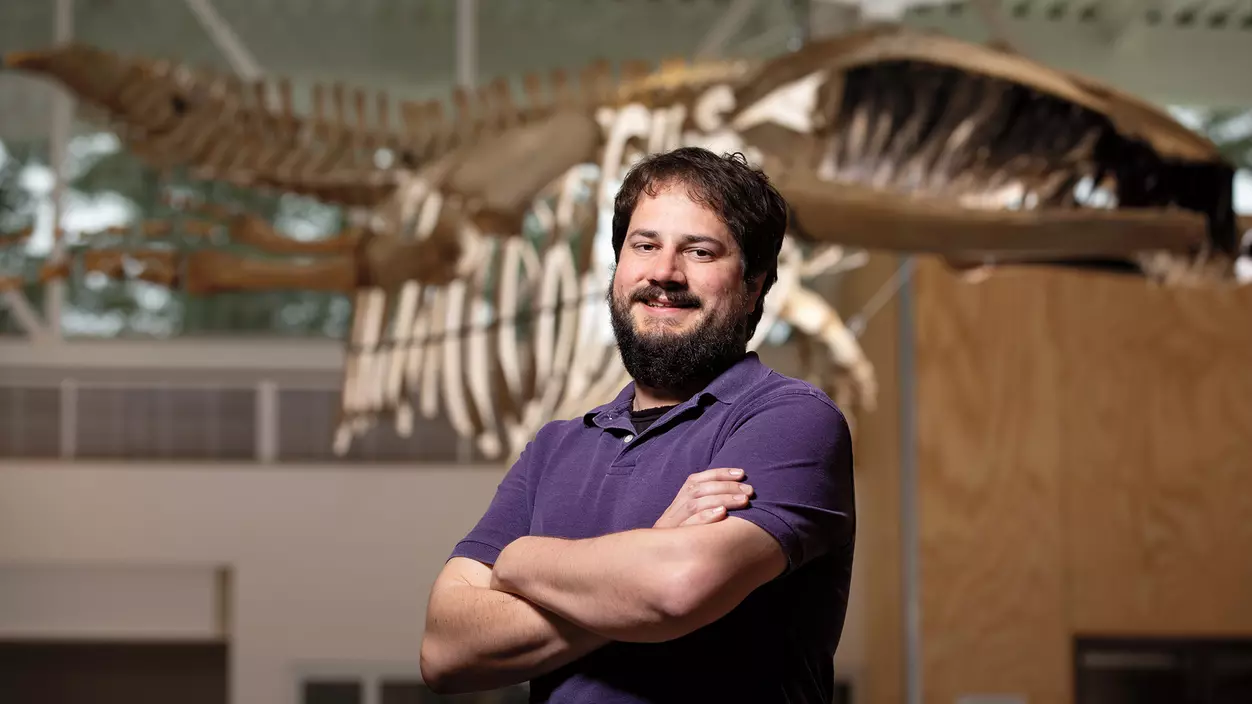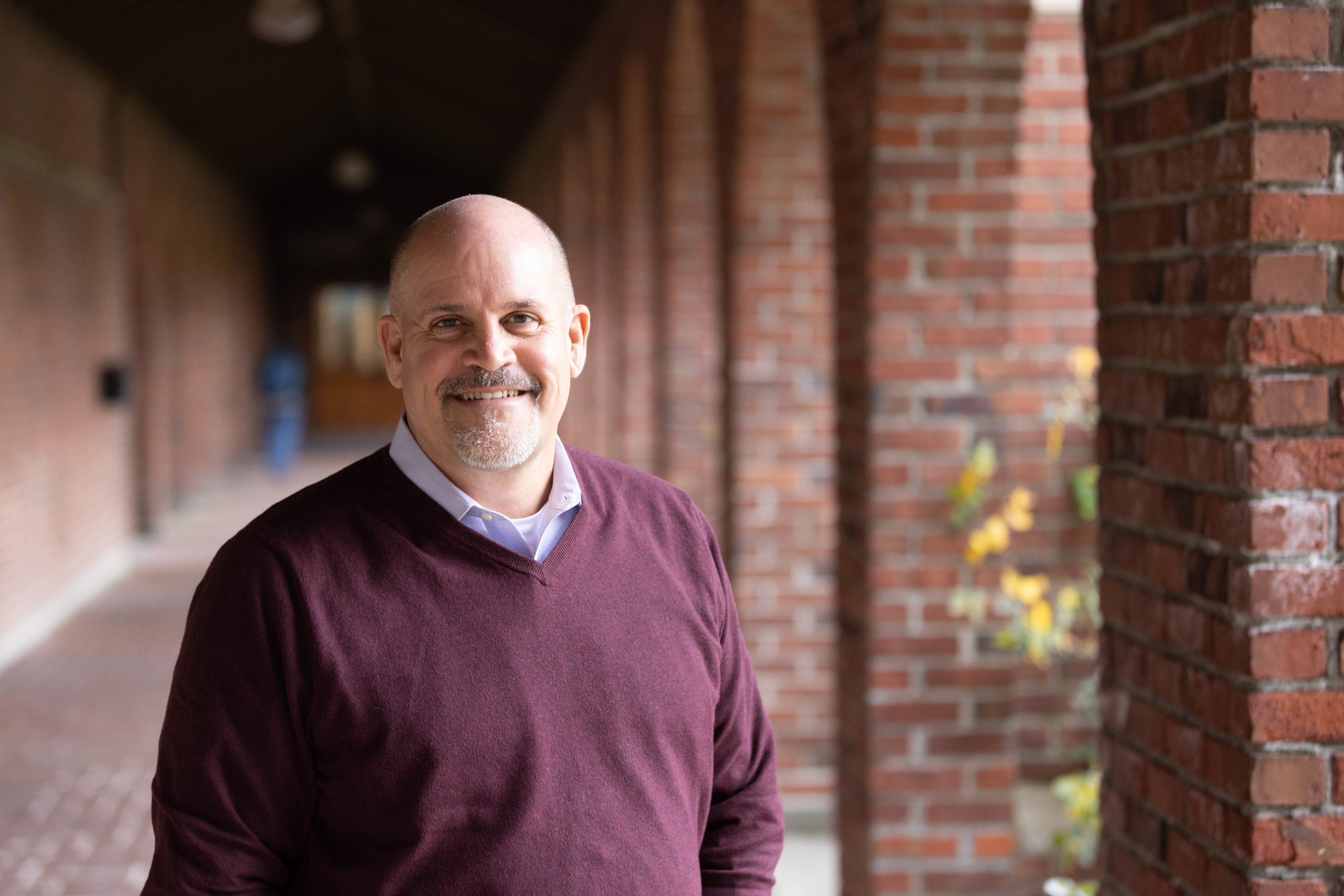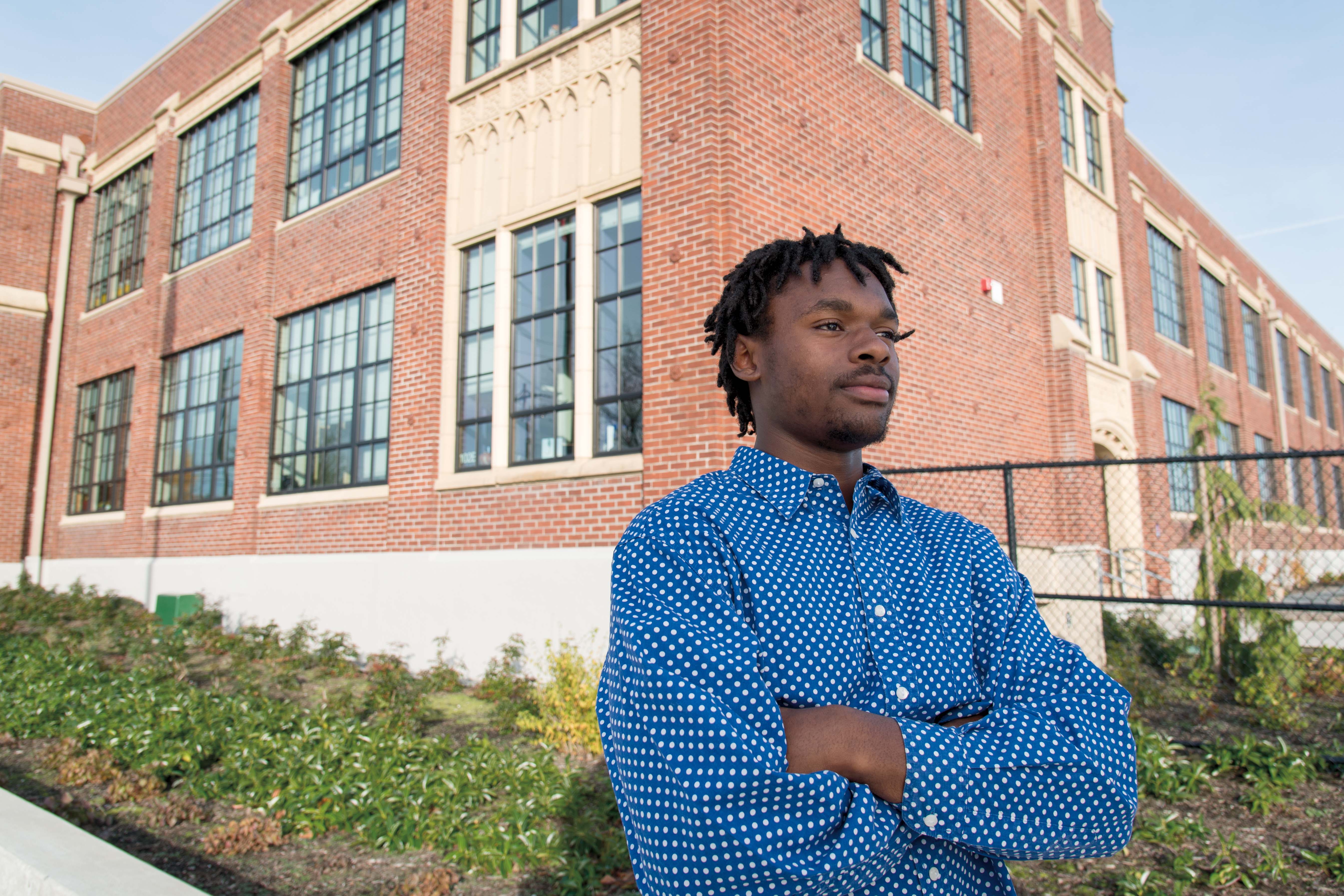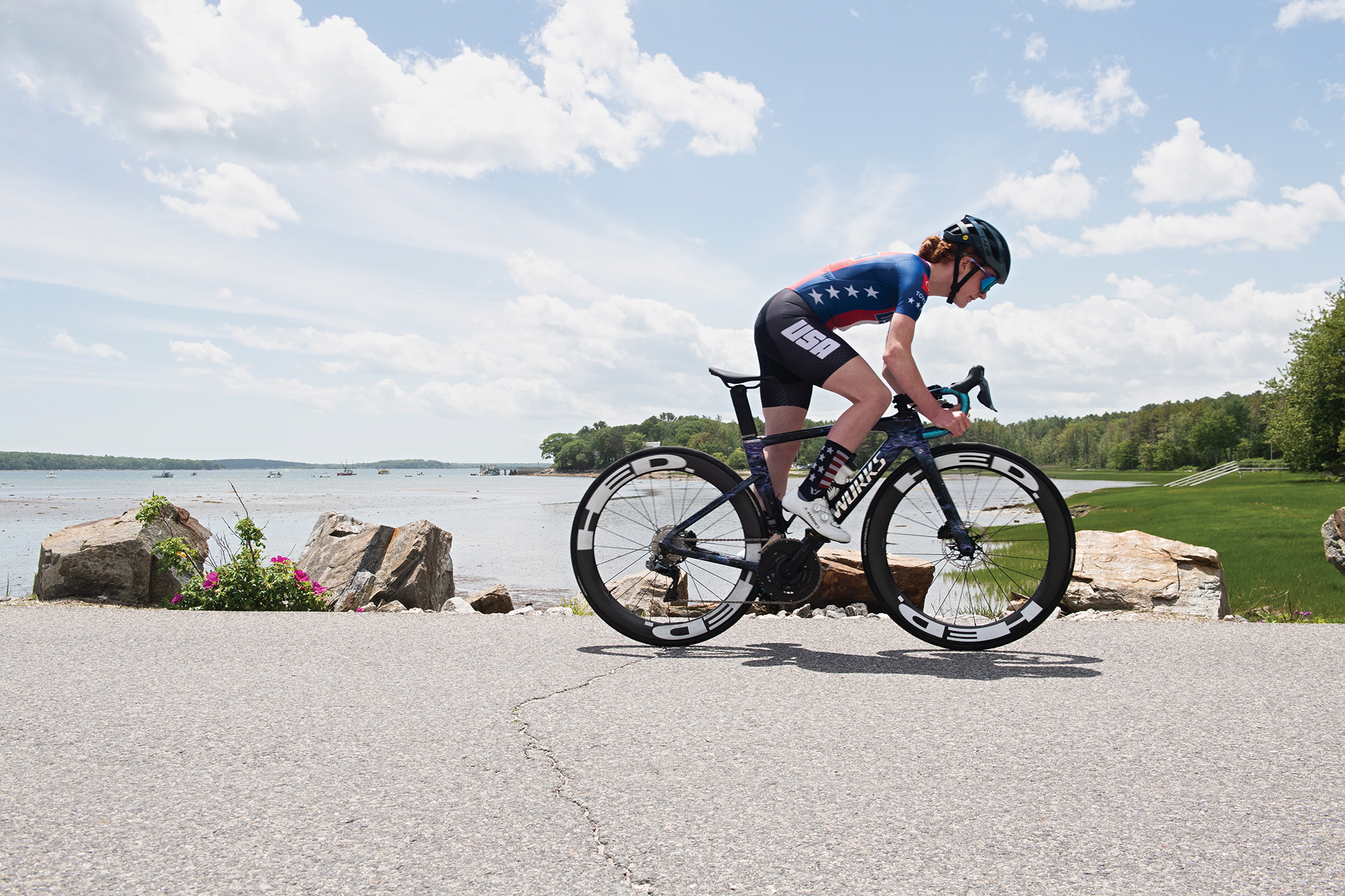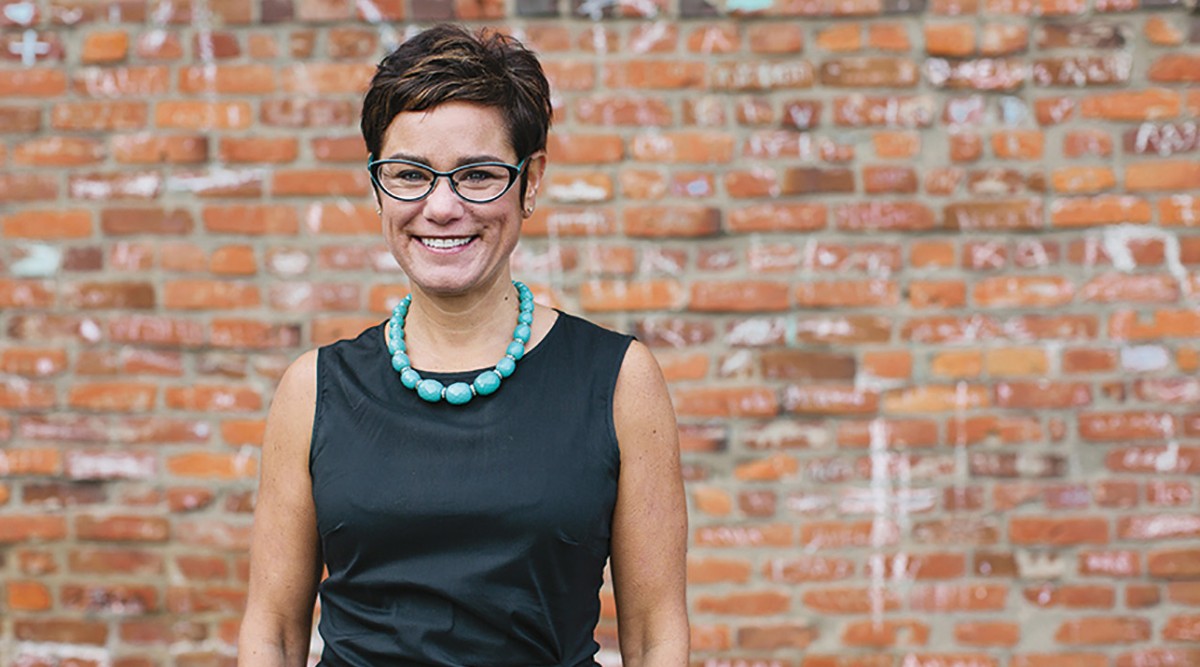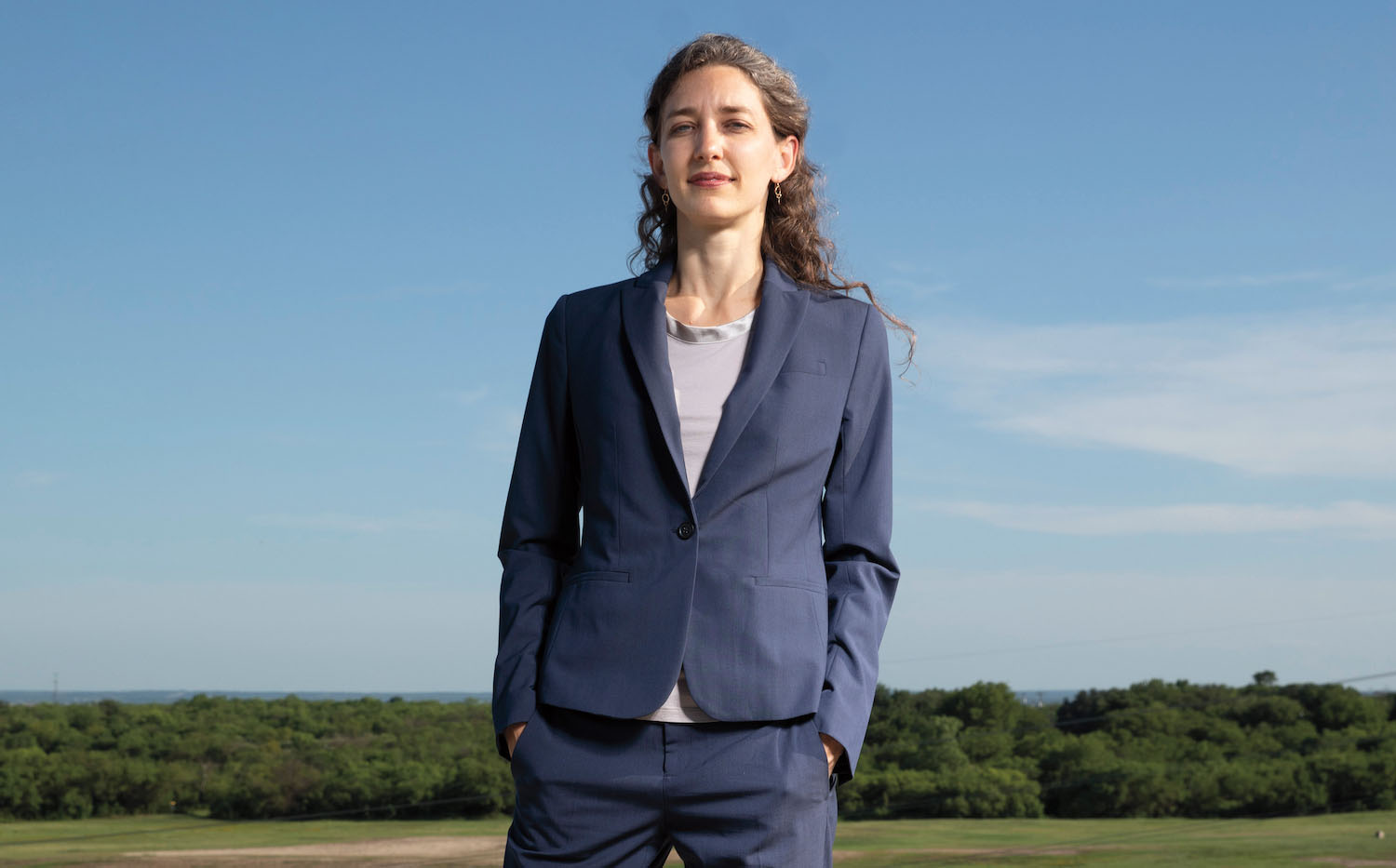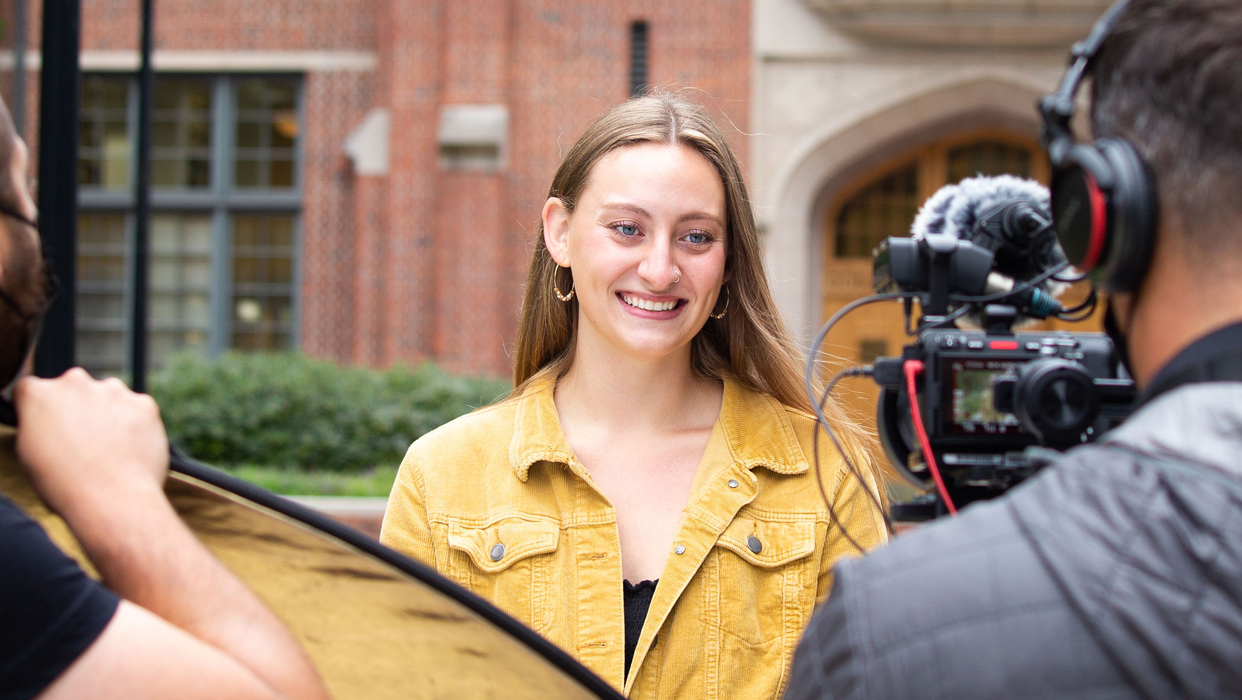It was a damp fall morning in Tacoma, and Matt Lonsdale ’08, M.A.T.’09 was standing aboard a boat surrounded by the excited chatter of 30 high school students.
Below deck, the powerful propellors of the 78-foot-long Charles N. Curtis, a former U.S. Coast Guard patrol boat, churned through the Puget Sound. The students were from Tacoma Public Schools’ Science and Math Institute (SAMi), and on that particular day, the Charles served as a classroom for Matt’s marine biology class.
From the mobile lab’s vantage point, the steep cliffs of Point Defiance Park, the Olympic Peninsula, and South Sound islands were apparent. These shorelines, despite their inhospitable appearance, are crucial for Washington’s salmon population, Matt explained to the students. The sediment created by the constant pounding of the waves against the rocky cliffs creates a habitat for forage fish—an important food source for local salmon. As he talked, the students worked on a survey to document the different types of sediment found on each shoreline.
